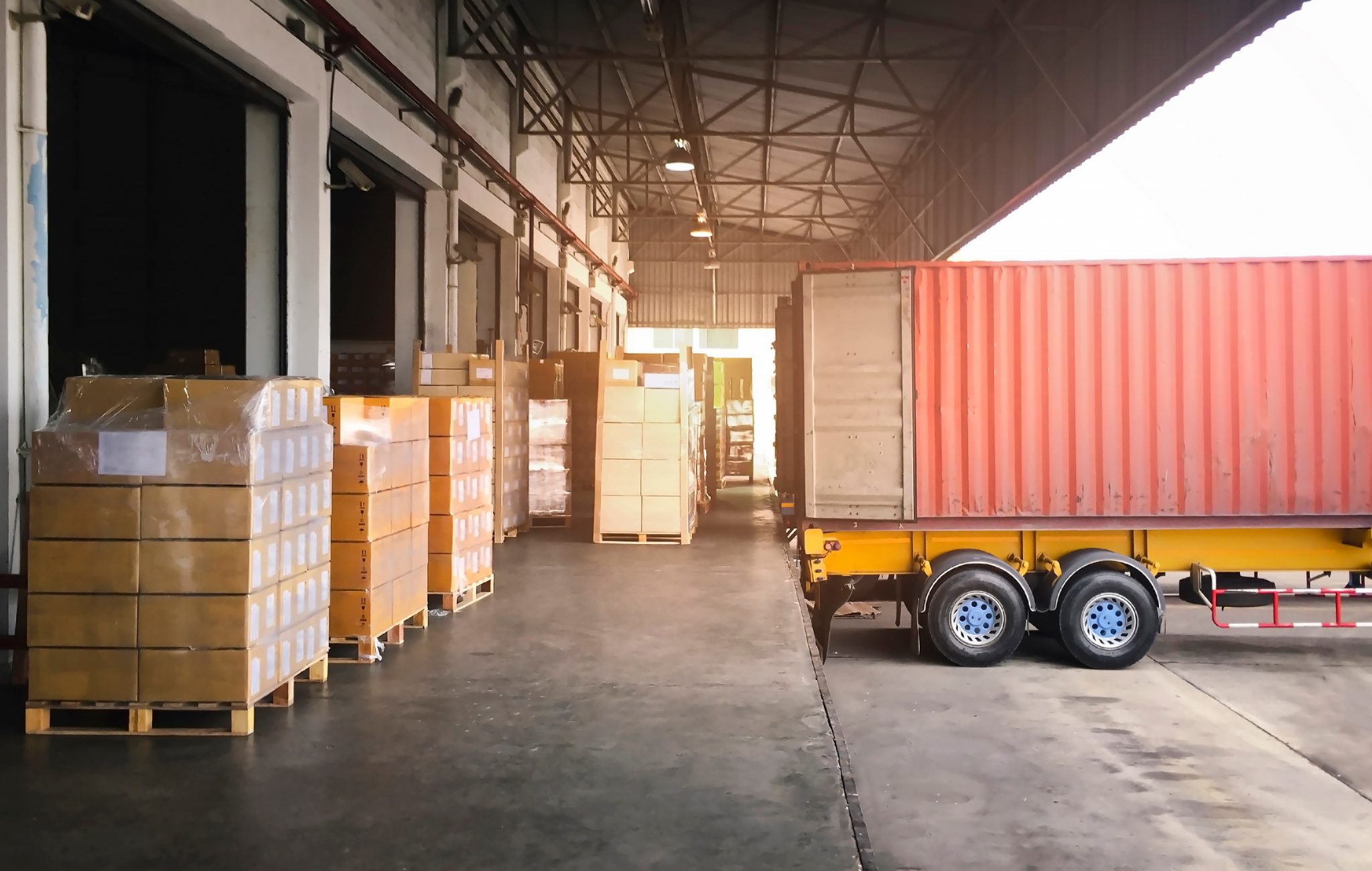As global supply chains navigate a turbulent period, several key events and disruptions are reshaping the landscape for retailers and carriers. U.S. retailers are ramping up imports ahead of potential labor strikes and the upcoming Lunar New Year factory closures, while the Panama Canal rebounds from the 2022 drought with a new business model aimed at enhancing efficiency. Meanwhile, Canada’s government intervenes to resolve ongoing port shutdowns, and the East China Sea faces delays following Typhoon Kong-rey. Amidst these challenges, signs of recovery are emerging in the freight market, signaling potential improvements in shipping volumes and carrier leverage. However, shippers must remain alert to these shifts as they adapt to the evolving market conditions.

Learn more about these key industry updates:
U.S. retailers ramping up year-end imports ahead of strike, tariff threats (Journal of Commerce)
Given the recent U.S. presidential election, the potential second strike by the East Coast and Gulf Coast International Longshoremen’s Association (ILA) dockworkers on January 15, and the upcoming Lunar New Year factory closures on January 29, U.S. retailers have enough reason to brace for a surge in import volumes ending Q4. Just a month ago, retailers were projecting a 0.9% year-over-year increase for the month of November. After last week, a forecast of 13.6% for November’s year-over-year was concluded by the Global Port Tracker (GPT) report. Retailers now plan to import 350,000 more TEUs than they had anticipated a month ago, as it takes several months from placing purchase orders with factories to the cargo’s arrival at U.S. ports. This adjustment reflects the need for careful planning to meet demand entering 2025.
Panama Canal says shipping rebound is underway after record drought (CNBC)
After the drought of the Panama Canal in late 2022, Ricaurte Vasquez Morales, administrator of the canal, announced their new business model that will optimize water usage and enhance forecasting. These modifications are intended to restore accuracy and reliability, featuring the introduction of a new long-term booking system and plans on a potential dam project by early 2025. As a result of the new booking system, the canal is steadily returning to 30 to 33 transits per day. However, Vasquez is projecting to scale up to 36 transits per day by January 2025. Given that the Panama Canal handles 40% of all U.S. container traffic, it plays a pivotal role in the success of the nation’s economy.
Canada’s Government Intervenes to End Port Shutdowns (The Wall Street Journal)
Following last week’s dockworkers strike at Canada’s largest ports, including Vancouver, Prince Rupert, and Montreal, Labor Minister Steven MacKinnon has intervened, invoking federal authority to keep operations running. He has also ordered binding, final arbitration between the labor unions and port owners. Although the strike has now ended, the ripple effects have caused congestion of containers that will take weeks to recover from. Roughly $934.7 million worth of cargo was impacted by the shutdown of the ports. However, the Retail Council of Canada, urges Canadians to remain calm, assuring them that essential goods will continue to be available in the coming days. A new deal between the union and port authorities is still pending.
The Great Freight Recession is officially over
FreightWaves reports that signs of market recovery in recent months could lead to a rise in freight volumes for carriers. Tender rejections above 6% suggest the market is tightening, giving carriers more leverage in choosing which loads to accept. The rise in spot rates points to either higher demand, reduced capacity, or a combination of both. Some contributing factors include potential political influences, the upcoming FMCSA Clearinghouse-II regulations set to take effect on November 18, and the threat of immigration deportations under President-elect Donald Trump’s policies. Shippers are advised to remain vigilant and prepare for higher freight rates, particularly if they haven’t yet locked in rates, while also diversifying their carrier base to mitigate the risks of route disruptions.
East China Sea container traffic facing delays, port congestion after typhoon (Journal of Commerce)
The East China Sea is currently experiencing significant disruption due to port congestion and vessel delays following Typhoon Kong-rey. The storm, which struck Taiwan late last week, has since moved through eastern China and Japan. Kong-Rey, along with Typhoons Bebinca and Pulasan, which impacted the region in September, are major contributors to the delays, with transit times now stretched to 10 to 13 days. Ports in Taiwan and China face similar setbacks, with up to two days of delays. These ongoing disruptions are likely to affect supply chains in the region in the coming weeks.
GSC is a leading provider in the shipping logistics industry with over 35 years of experience delivering customized supply chain solutions to world-renowned retailers, manufacturers, and distributors. Interested in how we can help with your drayage and transloading needs? Contact us today or check out our services and solutions here.
Don’t miss out on the latest industry news. Check out our latest Industry Roundups:



